This month brings fresh news of exciting projects-at-scale for PrefabNZ and all those involved with delivering prebuilt technology, with the recent government announcement to procure up to 140 one and two bedroom homes for land in South Auckland. The three sites will be available for up to 25 years for quality, permanent and functional prebuilt homes. A panel of prebuilt suppliers have been called for, so now is the time to act if you are in this space.
PrefabNZ applauds central government for its hands-on leadership in pledging to deliver homes at scale for New Zealanders in need, delivered rapidly using modern methods of construction. The timing is bang-on. Just a few weeks ago on TV3's The Nation, we publicly wished for two things: central leadership and a chequebook. Hopefully, this recent announcement is a step in the right direction towards answering that plea.
Our official position is clear:
The offsite industry is well and truly ready for this type of announcement — experienced prebuilt housing suppliers are already using the latest technology to produce quality, functional and permanent dwellings. We just need a clear scope and well designed masterplan, along with coordinated infrastructure delivery and building consent cohesion to enable rapid housing delivery.
The slightly uncomfortable reality is that we have ridden the crest of this wave of hope before. Housing NZ's Rightsize programme of 2,500 modular homes (one bedroom add-ons and two bedroom new builds) was an oversized carrot dangled in front of the prefabrication industry only a few years ago. The eventual programme of works has resulted in 400 housing completions — only the modular-delivered ones by Stanley Group have been completed, but word is that the traditional on-site ones will be finished soon too…
And the other giant carrot-elephant in the room was the Ministry of Education's Transportables programme — another fantastic opportunity for prebuilt construction to show the leading edge, permanent materiality, deep thinking approach. Many businesses invested heavily in the procurement process, and feedback from them is that the approach left much to be desired. Enough said.
So how can we make this the 'third-time lucky' to get government procured prefabrication right? The good news is that using modern methods of construction means house structure assembly can be completed at site in less than a week. Quality control is performed offsite in controlled conditions. Cost effectiveness from time savings can result in savings of up to 15%. Plus prefabrication also offers waste minimisation, health and safety benefits, reduced remedial and more.
Left: ABT pre-built homes. Right: Matrix Homes.
The finer point of it all is that success in any centrally procured programme will depend on getting the scope bang-on, along with great design at the masterplanning stage. After that will come serious collaboration to deliver infrastructure (hint: water, electricity and telecoms will need to talk to each other) and a single point of contact at the building control authority (BCA) — here's looking at you, Auckland Council.
As for designing, manufacturing and assembling the buildings at site? Well, that's the easy part.
- Check out the original announcement from the Treasury regarding the Ministry of Social Development and Housing NZ
- And download the Request for Information documents
A prefab primer:
PrefabNZ is the nonprofit design and construction member-based association for innovative prebuilt construction in New Zealand. Members design, manufacture and assemble buildings from large pieces made offsite, like giant Lego. It's not a new concept; the first colonial houses arrived into the country in pre-cut pieces 200 years ago, including the Treaty House at Waitangi.
Today, innovative construction methods are like those seen on TV's Grand Designs — large pieces, wall panels and room pods that click together at site. The benefits are from building large chunks in a controlled yard or facility away from the final building site. This enables clear quality outcomes, compressed timeframes and resulting cost efficiencies from preparing site works and factory manufacture.
As more emphasis is placed on health and safety regulation, it is easier to comply by constructing parts of buildings on the ground and raising them into place at the construction site. This eliminates the need for riskier time at height in all weather conditions.
Written by Pamela Bell, founder of PrefabNZ.
Pamela is a consultant for innovation in the built environment. For more information, visit her website.








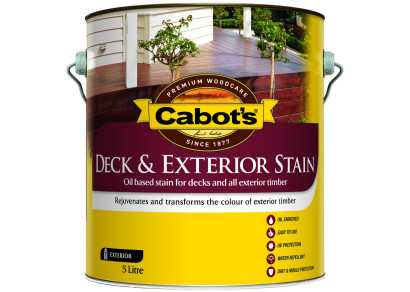




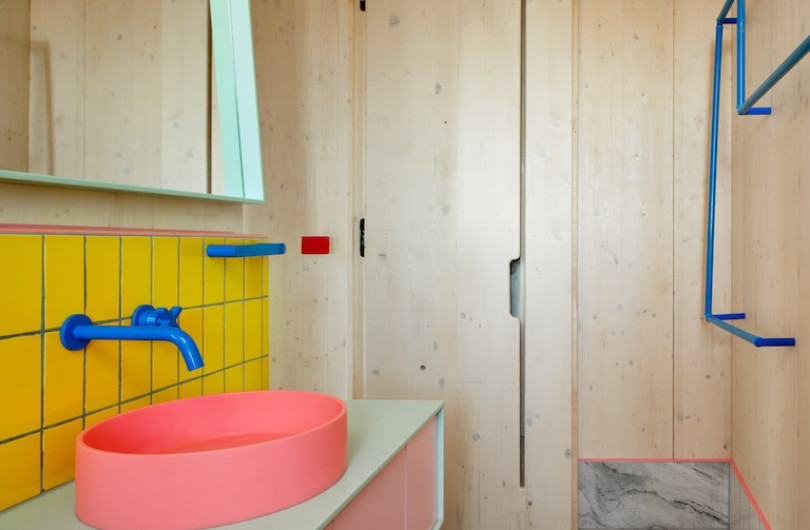
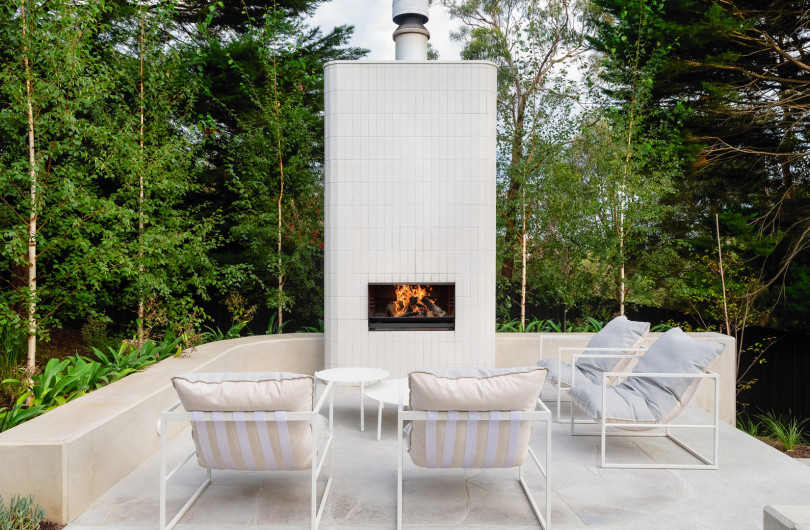
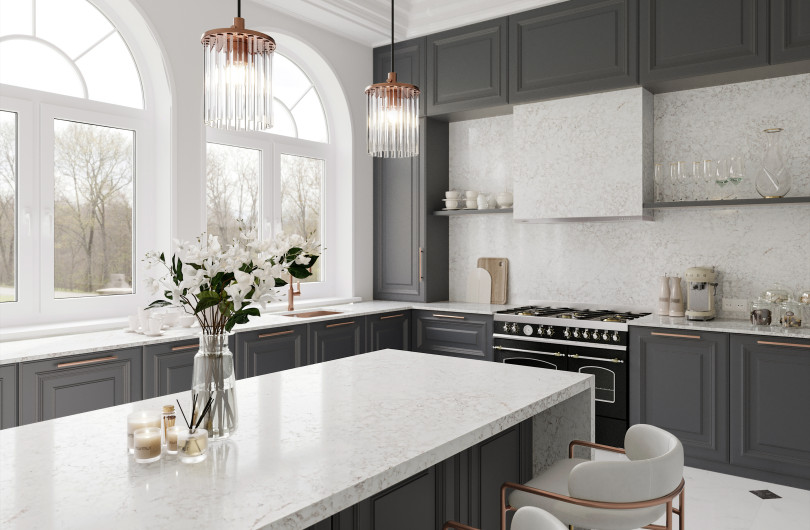



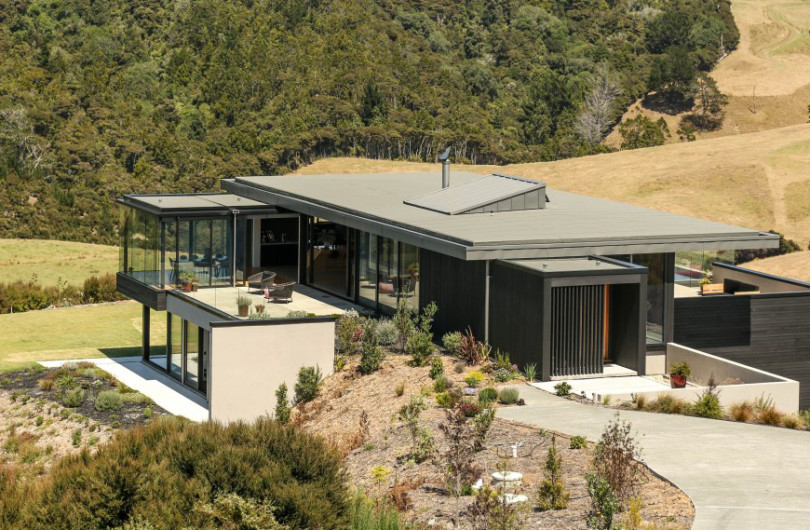







 Most Popular
Most Popular Popular Products
Popular Products



